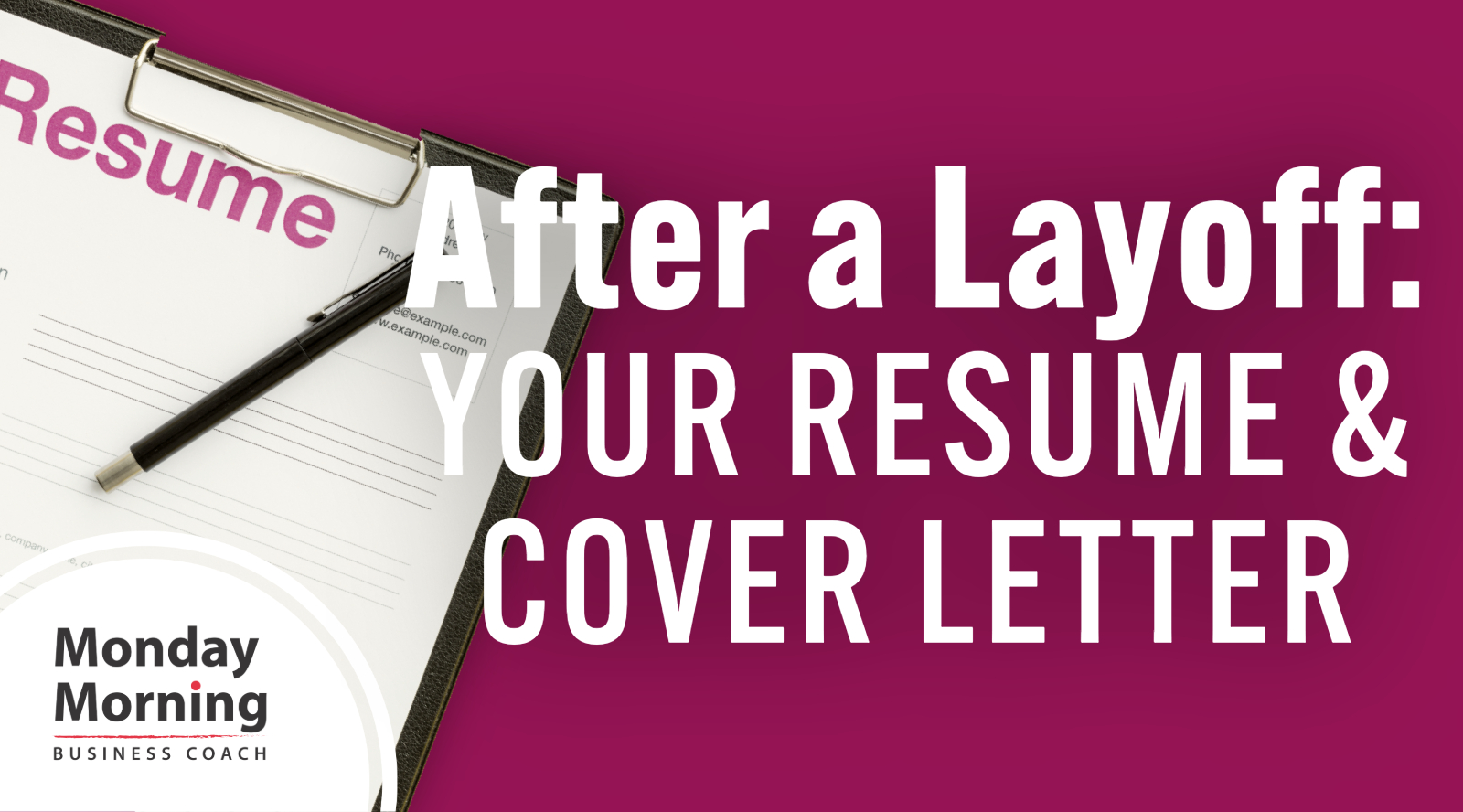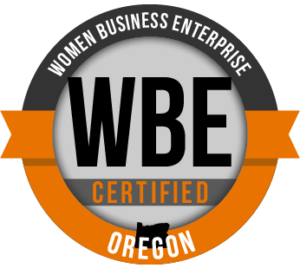Two weeks ago, we discussed some suggestions to support you in moving forward after a layoff, and last week, we provided some specific steps to help you create your core criteria.
Then last week, we supported you in crafting the stories of your experiences. Ones that tell some combination of your accomplishments, learnings, challenges, and areas of growth.
Today, we’re sharing some of our top tips and suggestions to help you work your stories into a resume and cover letter.
As you look through these suggestions, keep those top stories in mind.
General Tips
- Embrace white space. Remember, the goal of your cover letter and resume is to give the reader some highlights of your accomplishments.
- Use the same template/fonts for both your cover letter and resume.
- Bold some words and phrases to call attention to important information.
- Only discuss items that you love to do, want to keep doing, and are in alignment with what the position needs.
- Proofread, proofread, and proofread, again!
Cover Letter Tips
- Keep it to one page.
- 1st paragraph:
- Start with your passion or excitement for working there.
- Do you love their products, feel aligned with their mission, or appreciate their culture?
- By connecting with them on this level, you’ll be creating a relationship with them right out of the gate.
- 2nd & 3rd paragraphs:
- As you look at the job description and the company website, think about the problems they’re trying to solve.
- Show how your skills, background, and experience can be a solution to their needs.
- Final paragraph:
- Repeat your passion or excitement for working there.
- Add a call to action.
Resume Tips
- Keep it to two pages (one sheet of paper double-sided).
- No need to go back more than 10 years.
- Summary section: Write a few sentences about your top skills and experience and/or work you’re looking to do.
- Skills section: List your top 6-9 skills that are pertinent to the position.
- Work Experience section:
- Craft the majority of your bullets with a “so what” factor. In other words, talk about your accomplishments and outcomes, versus just the tasks you’ve done.
- How much did you increase sales?
- How many people did you train?
- How many projects did you work on simultaneously?
- What did your efforts result in (on time, under budget, better quality)?
- How much did you increase employee engagement?
- List your accomplishments in priority order, according to what the role is looking for.
- List 5-7 for your current role.
- List 3-5 for previous roles.
- Craft the majority of your bullets with a “so what” factor. In other words, talk about your accomplishments and outcomes, versus just the tasks you’ve done.
- Additional Experience, Training, Licenses sections: List experience (volunteer, school, etc) that is pertinent to the role.
We recommend creating one comprehensive document where you have all of the bullets and paragraphs that describe the work you love and want to keep doing. Then, as you apply for different jobs, you can pick and choose which content is in alignment with their needs.
If you’re having a hard time getting started with this, consider recording yourself when you talk with friends about your stories. Hearing yourself (and them!) describe you, can be quite helpful.
Let us know how it goes!
Whether you’re out of work because you needed to do so for your mental or physical health or you’ve been let go (for whatever reason) . . . it’s a difficult space to be in. AND, we know that hiring a career coach can be challenging on a tight budget.
To support you, we’ve put together various options, in hopes of fitting your needs.
Please contact us today if you’re interested in learning more about any of our free or paid options:
- free career content from our 13+ years of blog posts
- free career coaching video shorts by Heather
- low-cost career coaching video series
- 1:1 coaching options
Stay tuned for our post next week when we’ll provide you with some guidance on growing your network.
If you’d like support
with next steps in your career,
contact us today.


